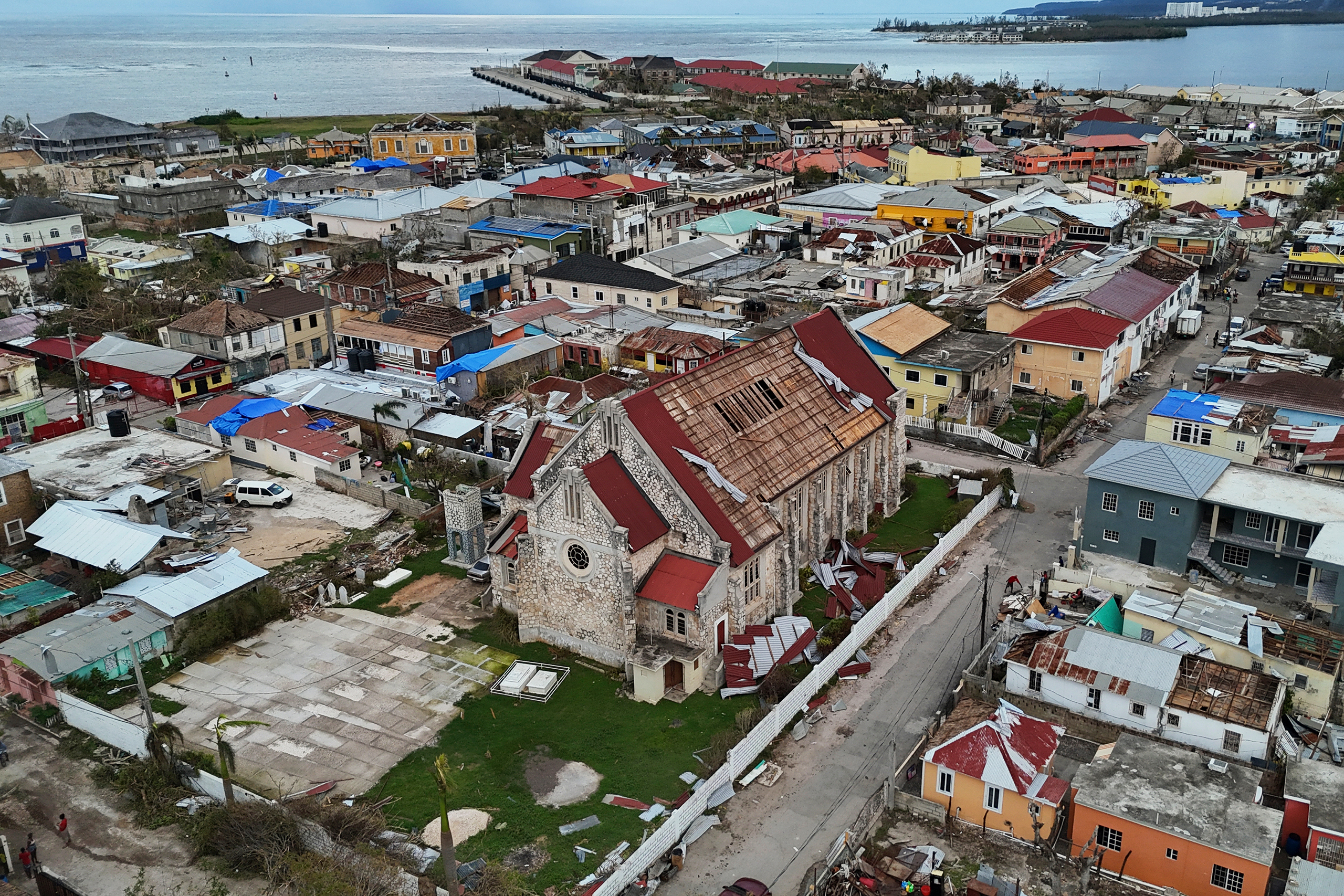Edinburgh-based fund manager Baillie Gifford is on the hook to pay out as much as £12m in “catastrophe bond” insurance as a result of Hurricane Melissa, according to data seen by The Observer.
Through its exposure in two funds, Baillie Gifford is part of a group of investors expecting to pay a possible total of $150m in disaster relief funds to Jamaica, after the severity of last week’s category 5 storm triggered terms for a payout.
So-called “cat bonds” are a relatively new type of fixed income product that allows help to get to where it is needed more immediately than traditional insurance coverage. In return for holding the bonds – which have pre-agreed parametric triggers, such as wind speed or earthquake severity – investors can usually expect a high yield of around 9% per year.
This particular “cat bond” was issued by the World Bank on behalf of the Jamiacan government and offered coverage for named storm events over four hurricane seasons: 2024 to 2027.
According to data from Morningstar, other investors in the bond included US asset manager Stone Ridge, with holdings of more than £28m, and Schroders, which had holdings of more than £9m.
Related articles:
“Individual exposures were not huge, but the two Baillie Gifford funds stand out to me because these are generalist multi-asset portfolios, not specialised catastrophe bond funds, so investors might not expect to find cat bonds in there,” said Mara Dobrescu, a Morningstar analyst.
Baillie Gifford did not comment on the payout but it’s usually the case that defaults are factored into investment strategies. Investors essentially take a bet that an specific event won’t happen, but usually hold a basket of different cat bonds in order to diversify the risk.
The fast-growing market for “cat bonds” has allowed governments and insurance companies to transfer escalating climate risk to capital markets. As the planet warms, the insurance industry is routinely facing losses of over $100bn a year. Cat bonds, which have now surpassed issuance of $18bn, offer a way to take some of the heat.
But the scientific data that investors use to rationalise cat-bond purchases is changing rapidly. “based on really long-term historical data,” says Dobrescu. “There are questions about whether those long-term securities can stay valid: are we going to see an exponential rise in the frequency of certain disasters?”
Photograph by Matias Delacroix/AP



